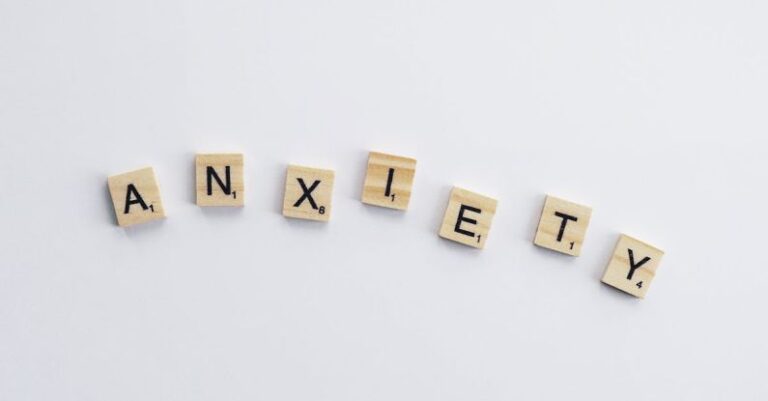What Are the Key Elements of Effective Typography

Typography plays a crucial role in design, influencing how readers perceive and interact with written content. Effective typography goes beyond choosing pretty fonts – it involves the strategic use of typefaces, spacing, sizing, and other elements to convey the intended message in a clear and visually appealing manner. In this article, we will delve into the key elements that make typography effective and how they contribute to enhancing the overall design aesthetic.
**Choosing the Right Typeface**
One of the fundamental aspects of typography is selecting the appropriate typeface for the content at hand. Different typefaces evoke varying emotions and convey distinct personalities. For instance, a sleek and modern sans-serif font may be more suitable for a tech company’s website, while a classic serif font could be better suited for a traditional print publication. It is essential to consider legibility, readability, and the overall tone of the content when choosing a typeface to ensure that it aligns with the intended message.
**Hierarchy and Emphasis**
Establishing a hierarchy within the text is essential for guiding the reader’s eye and highlighting key information. By varying the size, weight, and style of the text, designers can create visual contrast and emphasize essential elements such as headings, subheadings, and call-to-action phrases. A clear hierarchy not only improves readability but also enhances the overall visual appeal of the design by creating a sense of order and organization.
**Whitespace and Line Spacing**
Whitespace, also known as negative space, plays a crucial role in typography by providing visual breathing room for the text. Adequate whitespace around paragraphs, headings, and other text elements helps prevent visual clutter and improves readability. Similarly, proper line spacing, or leading, ensures that text is comfortably legible and does not feel cramped. By carefully adjusting the whitespace and line spacing, designers can create a harmonious balance between text and surrounding elements, enhancing the overall reading experience.
**Alignment and Consistency**
Consistent alignment of text elements is key to creating a polished and professional-looking design. Whether text is aligned left, center, right, or justified, maintaining a consistent alignment throughout the layout helps establish a sense of order and cohesion. In addition to alignment, consistency in font choices, sizes, and styles is essential for creating a cohesive typographic system. By establishing clear style guidelines and sticking to them, designers can create a visually unified and harmonious design that conveys a sense of professionalism and attention to detail.
**Color and Contrast**
Color plays a significant role in typography by adding visual interest and enhancing the overall design aesthetic. When using color in typography, it is essential to consider contrast to ensure that text remains legible against the background. High contrast between text and background colors improves readability and draws attention to important information. Additionally, color can be used to create visual hierarchy and emphasize key elements within the text, such as headings or links.
**Responsive Typography**
In today’s digital age, responsive design is crucial to ensure that content is accessible and readable across various devices and screen sizes. Responsive typography involves adapting font sizes, spacing, and layouts to accommodate different screen sizes while maintaining readability and visual appeal. Designers must consider how typography will scale and reflow across devices to ensure a seamless reading experience for users.
**In Summary**
Effective typography is a powerful tool that can enhance the visual appeal, readability, and overall user experience of a design. By carefully considering elements such as typeface selection, hierarchy, whitespace, alignment, color, and responsiveness, designers can create compelling and visually engaging typographic compositions that effectively communicate the intended message. Mastering these key elements of typography is essential for creating impactful designs that resonate with audiences and leave a lasting impression.





